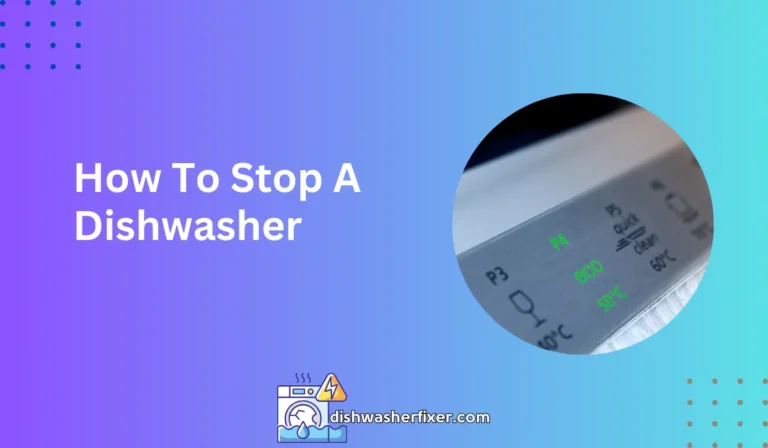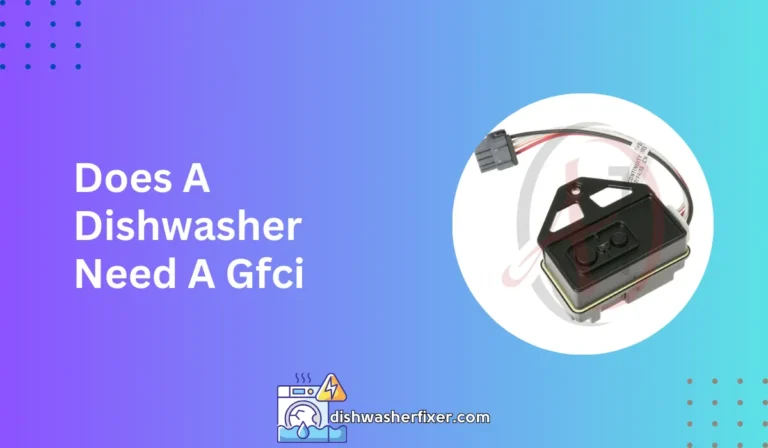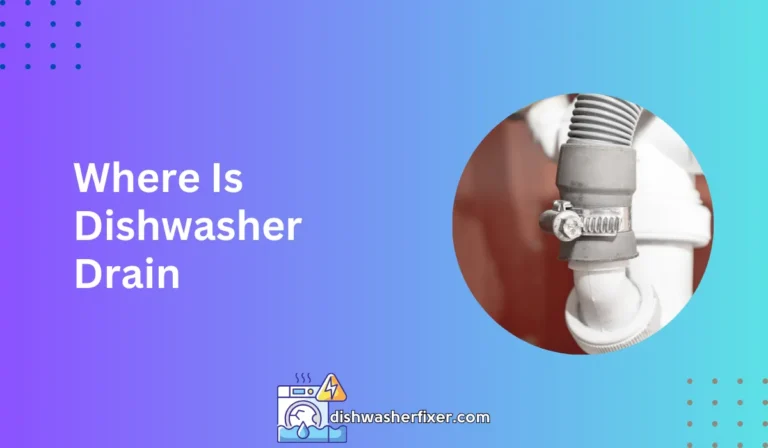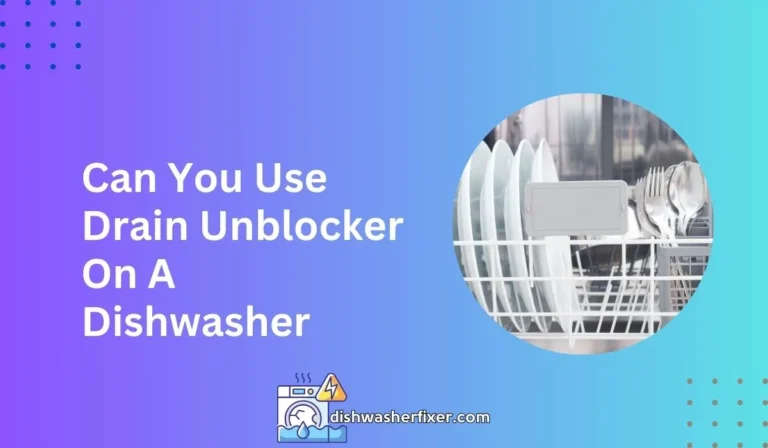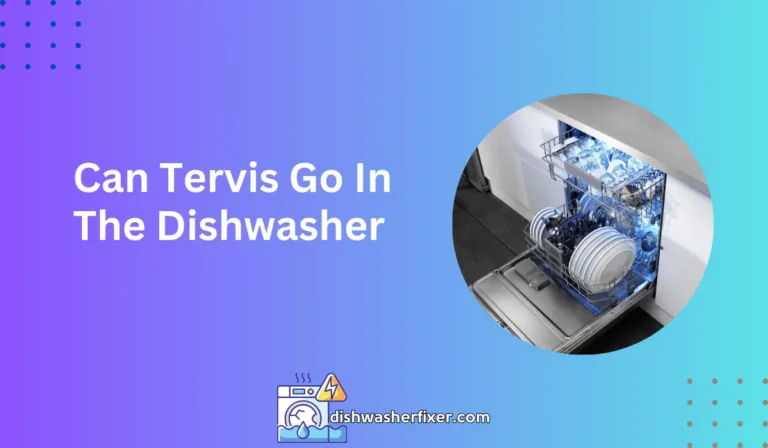How to Install Dishwasher Air Gap – A Step-by-Step Guide
To install a dishwasher air gap, mount it to the sink or countertop, connect the dishwasher drain hose to the air gap inlet, and attach a separate hose from the air gap outlet to the sink drain or garbage disposal. Ensure all connections are tight and leak-free.
Understanding Dishwasher Air Gaps

Definition and Purpose of a Dishwasher Air Gap
An air gap in the context of a dishwasher is a device that prevents contaminated water from flowing back into the dishwasher.
It acts as a physical barrier between your dishwasher and your home’s water supply, ensuring that used water drains properly without the risk of backflow, which could potentially contaminate clean dishes or your water supply.
The Importance of Installing an Air Gap
Installing an air gap is crucial for maintaining the hygiene of your kitchen. It protects your dishwasher from sewage and waste water backing up into it, which can happen if there’s a sudden change in water pressure.
This small fixture can prevent big problems, keeping your family safe from the hazards of cross-contamination.
How a Dishwasher Air Gap Prevents Contamination
The air gap does its job by allowing air into the dishwasher’s drain hose, which prevents any dirty water from siphoning back into the dishwasher.
If a clog occurs downstream, the air gap ensures that the standing water spills out into the sink rather than back into the appliance.
Recognizing Local Plumbing Codes and Regulations
Before installing an air gap, it’s essential to be aware of your local plumbing codes. Some areas require air gaps, while others may have different requirements for preventing backflow.
Checking these regulations will ensure your installation is up to code and compliant with local laws.
Preparing for Installation

Tools and Materials Needed
To install a dishwasher air gap, you’ll need a few basic tools and materials: an air gap kit, a drill with the appropriate size hole saw for ceiling box (if drilling is needed), a screwdriver, a wrench, and Teflon tape.
Make sure to gather these items before you start your project.
Identifying the Location for the Air Gap
The air gap is usually mounted on the sink or the countertop next to the sink. It should be located above the flood level of the sink to prevent water from the sink from backing up into the dishwasher.
Find a spot that is convenient and allows you to easily connect the hoses to the dishwasher and the sink drain or garbage disposal.
Steps to Take Before Beginning Installation
Before you begin the installation process, read the instructions that come with your air gap kit carefully.
Clear the area under the sink to provide yourself with ample space to work. Additionally, it’s a good idea to have a bucket and some towels on hand to deal with any water that might spill out during the process.
Shutting Off Water Supply and Clearing the Area
Turn off the water supply to the dishwasher to prevent any accidental leaks or spills. You can usually find the shutoff valve under the sink.
Once the water supply is off, clear the area around the installation spot to ensure you have enough room to work comfortably.
Step-by-Step Installation Process
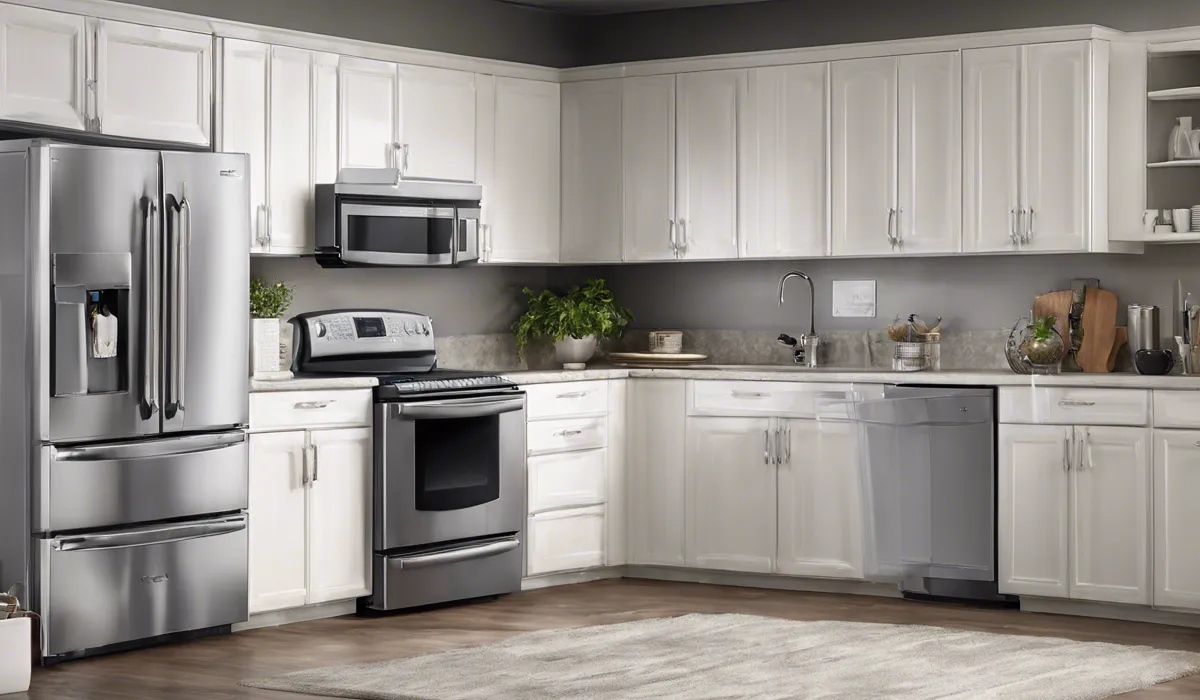
Drilling a Hole in the Sink or Countertop (If Applicable)
If your sink or countertop doesn’t already have a hole for an air gap, you’ll need to drill one.
Use a drill with the appropriate hole saw for your ceiling box to create a hole in the designated location. Be sure to follow safety instructions and wear protective gear when using power tools.
Mounting the Air Gap Fixture
Once the hole is ready, insert the air gap fixture from above and secure it with the provided mounting hardware.
Ensure it’s firmly in place but be careful not to over-tighten as this could damage your sink or countertop.
Connecting the Air Gap to the Dishwasher Drain Hose
Connect the dishwasher drain hose to the inlet side of the air gap. This might require a hose clamp to secure the connection. Make sure it’s tight to prevent any leaks. Use Teflon tape if necessary to ensure a good seal.
Linking the Air Gap to the Garbage Disposal or Sink Drain
Attach a separate hose from the outlet side of the air gap to the sink drain or garbage disposal. Again, ensure the connections are secure and leak-free. This hose must slope downward from the air gap to the drain to function correctly.
Checking for Leaks and Proper Water Flow
After all connections have been made, turn the water supply back on and run the dishwasher to check for leaks.
Observe the air gap when the dishwasher is draining to ensure water flows smoothly and does not spill from the air gap vent.
Tips for Maintaining Your Dishwasher Air Gap
Maintenance is key to ensuring the long-term functionality of your air gap. Clean it regularly to prevent blockages, and check the hoses for signs of wear and tear.
If you notice reduced water flow or leaks, address them promptly to avoid any potential water damage or contamination issues.
FAQs About Installing Dishwasher Air Gap
What is the purpose of a dishwasher air gap?
An air gap prevents contaminated water from siphoning back into the dishwasher, ensuring that your dishes stay clean and that the water supply remains uncontaminated.
Where should a dishwasher air gap be mounted?
A dishwasher air gap should be mounted to the sink or countertop, typically next to the faucet for easy access and inspection.
How do you connect a dishwasher drain hose to an air gap?
Connect the dishwasher drain hose to the air gap inlet, usually located on the smaller of the two stems underneath the air gap cover.
What should be done after connecting the hose from the air gap to the sink drain?
After connecting a hose from the air gap outlet to the sink drain or garbage disposal, ensure the connections are tight and check for leaks during use.
How can I ensure that the dishwasher air gap installation is leak-free?
Ensure all connections are secure and use plumber’s tape if necessary. Test the system by running the dishwasher and checking for any signs of dripping or leakage at the air gap and hoses.
Final Thoughts
Installing a dishwasher air gap involves securing the device to the sink or countertop, connecting the dishwasher’s drain hose to the air gap’s inlet, and attaching a hose from the air gap’s outlet to the drainage system.
It is essential to ensure all connections are secure and no leaks are present for the system to function properly.
